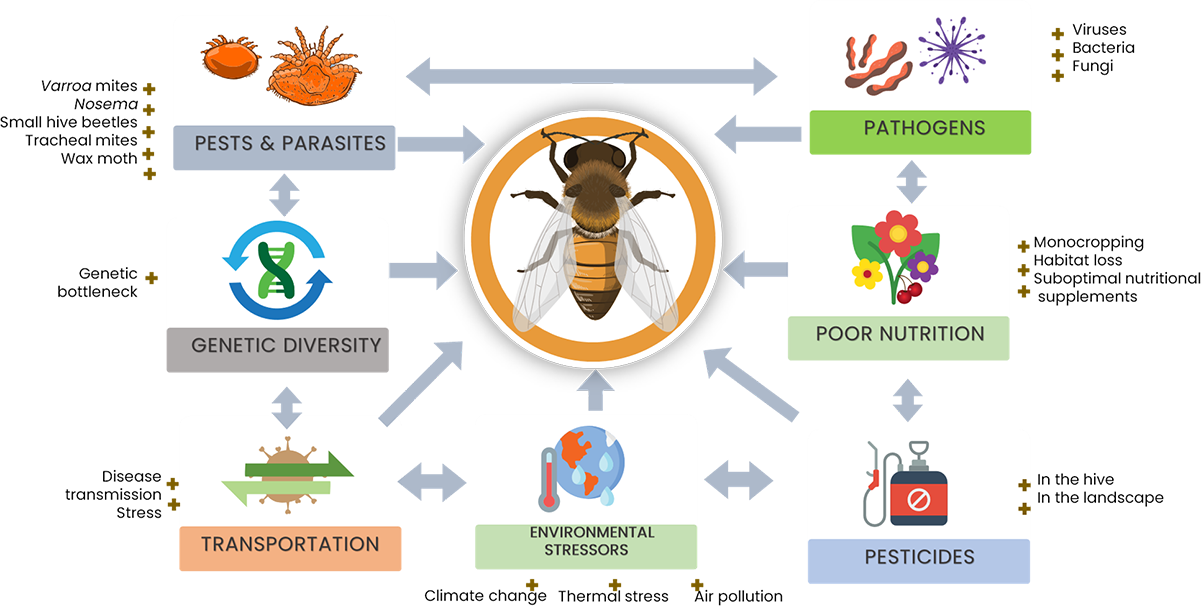
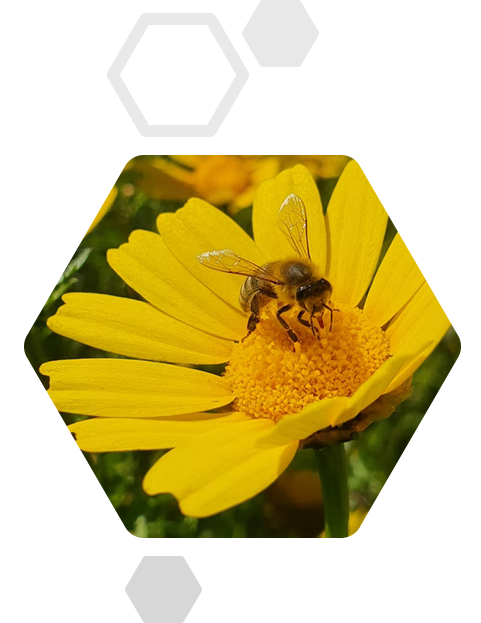
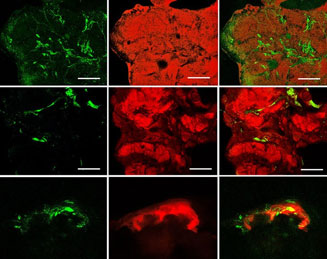
Bee toxicology

Climate Change

Impacts of multiple stressors
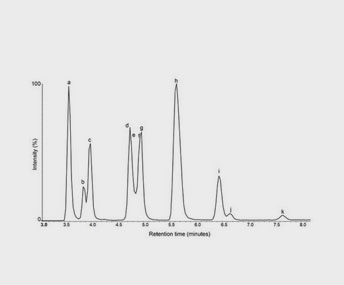
Chakrabarti, P., Morre, J.T., Maier, CS. and Sagili, R.R. (2019) The Omics Approach to Bee Nutritional Landscape. Metabolomics 15:127.
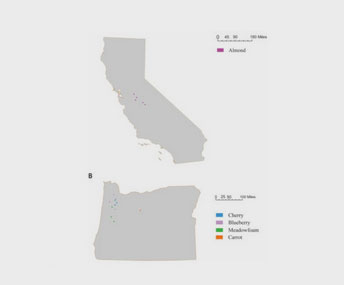
Topitzhofer, E., Lucas, H.M., Chakrabarti, P., Breece, C., Bryant, V. and Sagili, RR. (2019) Horticulture Assessment of pollen diversity available to honey bees (Hymenoptera: Apidae) in major cropping systems during pollination in the western United States. Journal of Economic Entomology 1-9.
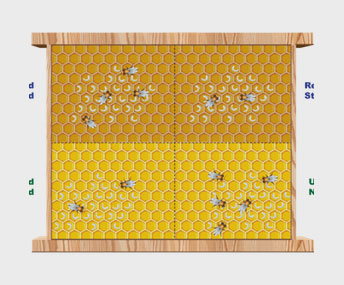
Sagili, R.R., Metz, B.C., Lucas, H.M., Chakrabarti, P. and Breece, C.R. (2018) Honey bees consider larval nutritional status rather than genetic relatedness when selecting larvae for emergency queen rearing. Scientific Reports 8, 7679
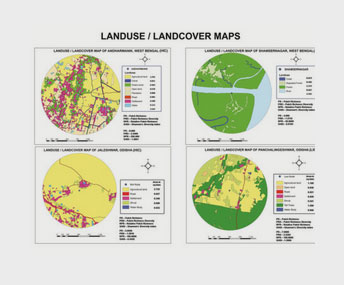
Chakrabarti, P. Rana, S, Smith, B, Sarkar, S. and Basu, P. (2015) Pesticide induced oxidative stress in laboratory and field populations of native honey bees along intensive agricultural landscapes in two Eastern Indian states. Apidologie 46(0,107 -129
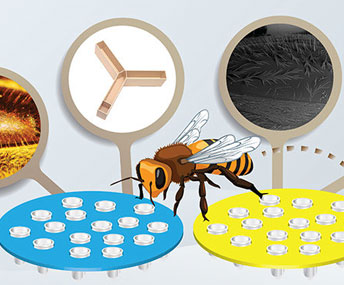
Chakrabarti, P. Sarkar, S. and Basu, P. (2019) Pesticide induced visual abnormalities in Asian honey bees (Apis cerana L) in intensive agricultural landscapes. Chemosphere 230, 51 – 58.
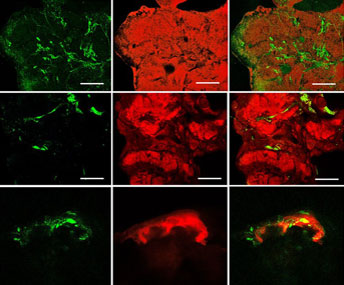
Chakrabarti, P, Rana, S, Bandopadhyay, S, Naik, D.G, Sarkar, S. and Basu, P. (2015) Field populations of native Indian honey bees from pesticide intensive agricultural landscape show signs of impaired olfaction. Scientific Reports 5, 12504.
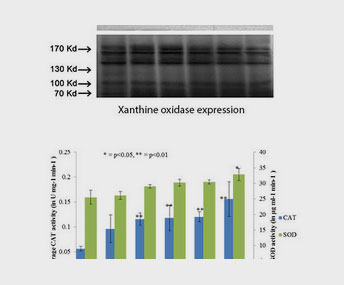
Chakrabarti, P., Rana, S., Smith, B., Sarkar, S. and Basu, P. (2015) Pesticide induced oxidative stress in laboratory and field populations of native honey bees along intensive agricultural landscapes in two Eastern Indian states. Apidologie 46(1),107 -129.
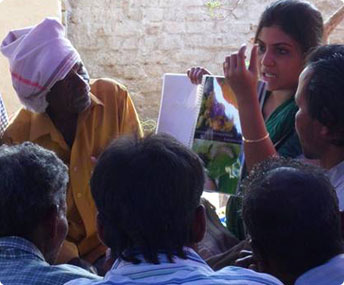
Smith, B.M., Chakrabarti, P., Chatterjee, A., Chatterjee, S., Dey, U.K., Dicks, L.V., Giri, B., Laha, S., Majhi, R.K. and Basu, P. (2017) Collating and validating indigenous and local knowledge to apply multiple knowledge systems to an environmental challenge: A case-study of pollinators in India. Biological Conservation 211(A), 20
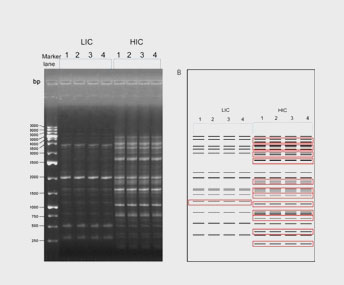
Chakrabarti, P., Sarkar, S. and Basu, P. (2018) Field Populations of Wild Apis cerana Honey Bees Exhibit Increased Genetic Diversity Under Pesticide Stress Along an Agricultural Intensification Gradient in Eastern India. Journal of Insect Science 18 (3):1 -0.

